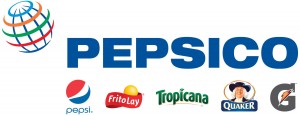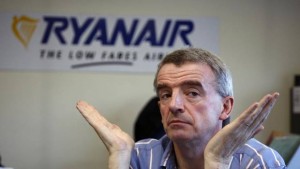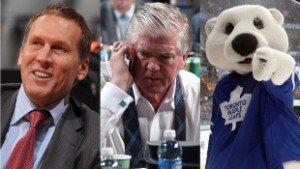It seems like just yesterday our group was beginning to sift through the list of companies we would do our marketing project on. Alas, we chose on PepsiCo, and from their I was taken aback by the vastness of PepsiCo and the outreach they possess. In analyzing the company through background writing and doing the STP, it quickly became apparent that they were not a niche brand in which it would be fairly black and white in analyzing them. PepsiCo holds an array of brands, and products which can cater to many niches. From Quaker Oats to Tropicana to Frito-Lay unto the Cola itself, they had a way of finding their way into ones’ pantry in one way or another.
As such, narrowing down our field of analysis was paramount, and as we delved into the current issues we thought focusing on the sports-fan would be not only something we’d all enjoy writing on, but informative as well. The sports-fan at home demographic is important to PepsiCo, as much consumption of their products take place during a person viewing entertainment, and as such they have segmented themselves as a premium and prevalent brand within this market.
I felt that our group worked extremely well together as we had great cohesion, not only in working together but in terms of punctuality and meeting self-set deadlines(we finished the project early!). Overall the entire process was enjoyable as the collaboration between us all was magnificent, and I feel that our video reflects that. I find it amazing that a group of people came, most of whom were relative strangers to one another came together and had such an understanding so quickly.
Having the luxury of a great group made understanding marketing even more enjoyable as the application of it truly took form. The only thing I would have tinkered with is possibly selecting another company. PepsiCo is fascinating, but it did cause a few headaches whilst we were researching and compiling the information we needed. Having a more black and white company may have saved us some time!











 , as other renowned clubs have joined in.
, as other renowned clubs have joined in.

